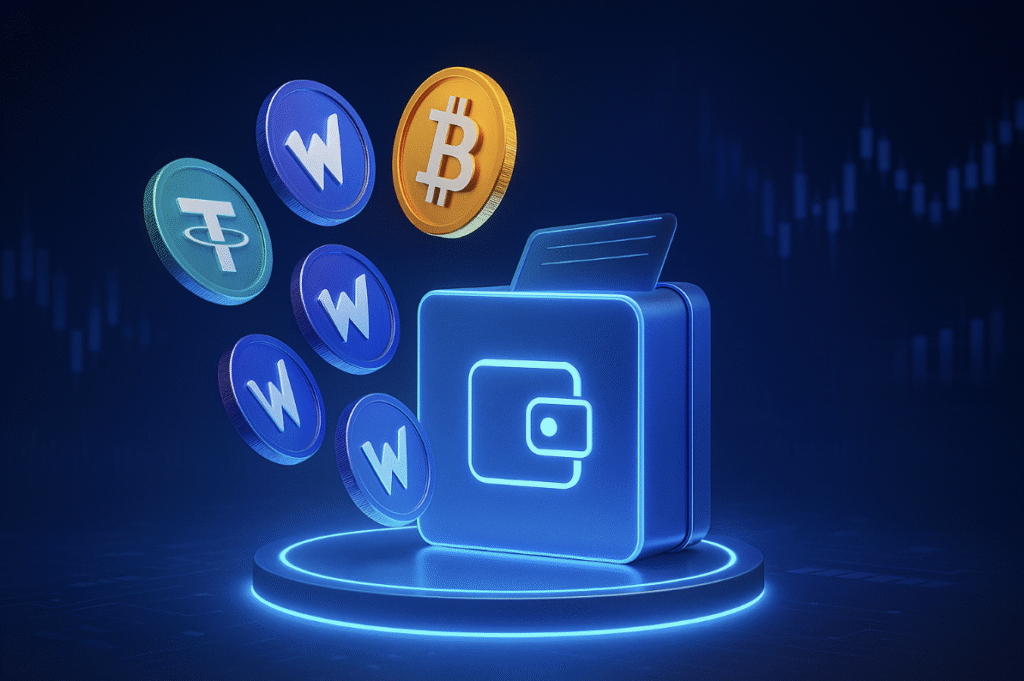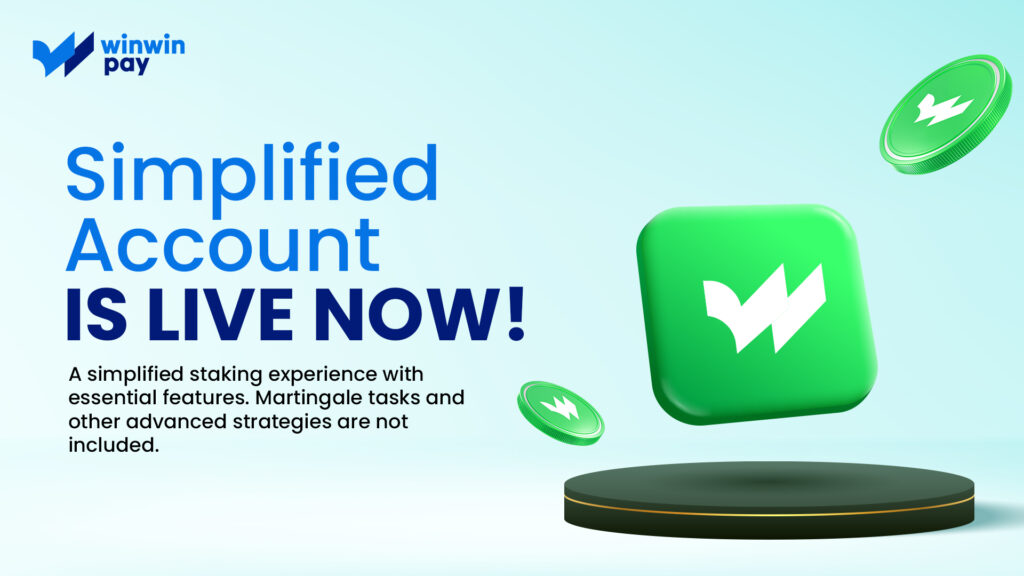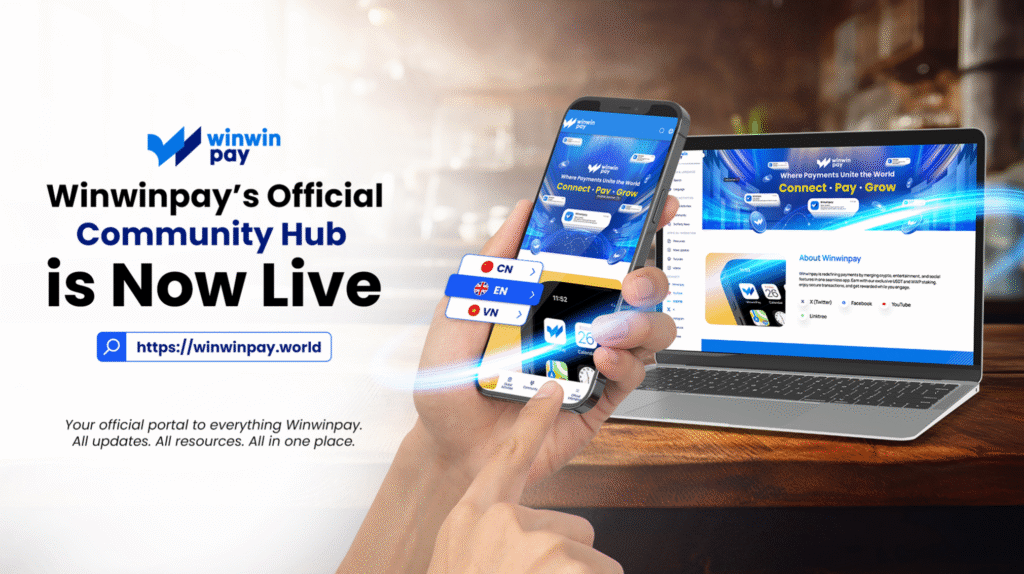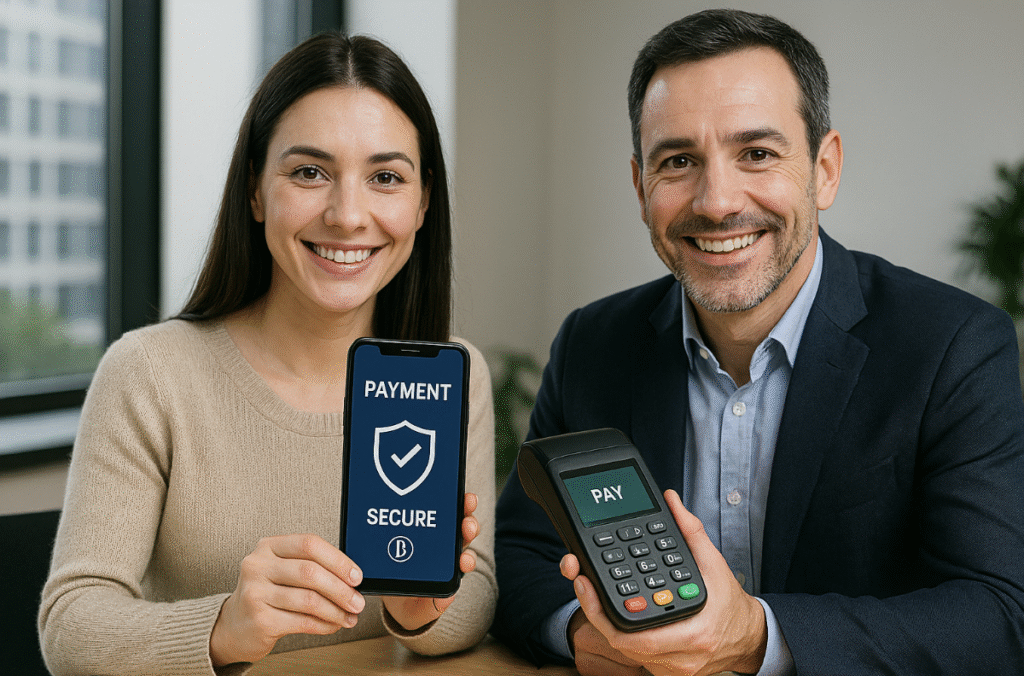
This week marked a milestone for contactless commerce: a primary fintech provider completed the first smart-glasses embedded payment transaction in Hong Kong, all via voice command and QR scanning through Meizu’s StarV Snap eyewear. It’s a glimpse of how payments are evolving beyond smartphones, into the realm of wearables.
Why It Matters for Gateways
- Payments go wearable
Integrating payment capabilities into everyday objects—like glasses—shows that gateways must be ready to process transactions wherever the user is. - Voice becomes interface
Voice and gesture-based payments open new user experience possibilities, requiring support for voice authentication and natural input methods. - Multi-channel UX
With cameras, voice, wearables, phones, and more in the mix, gateways must support flexible input methods and intelligent routing to make each transaction seamless.
This development challenges the industry to rethink how we pay, where and when, and whether today’s infrastructure is ready for that future.
Trending Now: Payments Everywhere
Devices beyond phones—such as glasses, wearables, even smart appliances—are steadily becoming payment points. As they do:
- Authentication expands to voice, face, or gesture input
- User interfaces shrink to fit non-traditional displays
- API frameworks must evolve to support new interaction models and edge cases
This shift is not about preparing for the future but building for the present for payment gateways and infrastructure providers.
What Gateway Teams Should Be Asking Today
|
Opportunity |
What Teams Should Ask |
|
Wearable readiness |
Can we issue tokens or sessions to non-phone devices like glasses or smartwatches? |
|
Voice and gesture input |
Do we support voiceprint or camera-based authentication for transactions? |
|
Seamless fallback |
If a wearable fails to complete a payment, will it be instantly transferred to a phone or secondary device? |
Looking Ahead
Smart-glasses payments aren’t science fiction anymore—they’re happening. The implications for gateways and developers are significant:
- SDKs and APIs must expand to accommodate wearable devices
- Security models need to shift toward biometric and contextual awareness
- Consumer expectations will evolve—users will want to pay whenever and wherever it’s convenient
Final Thought
Mobile wallets transformed how we interact with payments. But as vision becomes input and interfaces fade into the background, the next era is all about ambient, invisible transactions.
The message for the payment gateway industry is clear: it’s not just about adapting to mobile—it’s about getting ready for what’s next.





